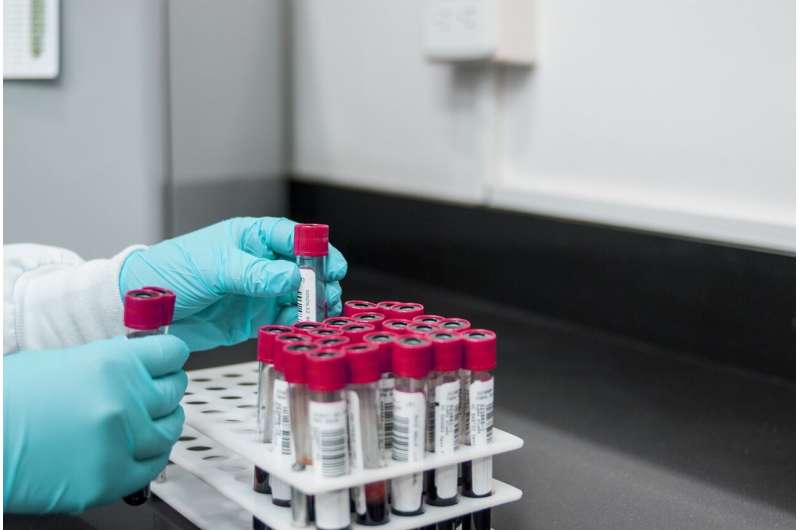Innovative Particles May Enable Single-Injection Vaccines, Reducing Follow-Up Doses

MIT researchers have developed biodegradable microparticles capable of releasing multiple vaccine doses over time from a single injection, potentially transforming global immunization strategies.
Around the globe, approximately 20% of children are not receiving full immunization, resulting in about 1.5 million preventable child deaths annually. Many of these children only receive one dose of a vaccine or none at all, leaving them vulnerable to disease. To address this global health challenge, researchers at MIT are developing advanced microscopic particles capable of releasing multiple vaccine doses over time from a single injection. This innovative approach could simplify immunization schedules, increase compliance, and improve vaccination coverage.
The team has engineered microparticles made from biodegradable polymers that can deliver an initial dose of vaccine immediately after injection, followed by subsequent doses weeks or months later. In a recent study published in Advanced Materials, these particles successfully delivered two doses of diphtheria vaccine in mice, with the second dose released two weeks after the first. The immune response in mice was comparable to that achieved through standard two-dose vaccination regimens.
These particles are designed to be versatile and could be adapted for various childhood vaccines that typically require multiple doses, such as polio or hepatitis. The ultimate aim is to create a single-injection vaccine that provides long-lasting immunity, especially in areas where access to healthcare facilities is limited. According to senior investigator Ana Jaklenec, this technology could make immunization more accessible worldwide, including rural regions of the United States and developing countries with infrastructural challenges.
The research team focused on using polyanhydride polymers, known for their hydrophobic properties, which produce less acidic breakdown products compared to traditional materials like PLGA. This reduces the risk of vaccine degradation and improves stability. They developed a novel manufacturing method called SEAL (stamped assembly of polymer layers) to produce these microparticles, ensuring they are durable and capable of withstanding body temperatures.
Further advancements include a machine-learning model that predicts how long these particles take to degrade and release the vaccine, allowing scientists to tailor the release timings for specific immunization schedules. The team plans to extend this technology for use in other vaccines and drugs that benefit from sustained release, with potential applications in the treatment of chronic conditions and biologic therapies. By enabling long-term, controlled vaccine delivery from a single shot, this innovation could significantly enhance global vaccination efforts.
Source: https://medicalxpress.com/news/2025-05-particles-multiple-vaccine-doses-shots.html
Stay Updated with Mia's Feed
Get the latest health & wellness insights delivered straight to your inbox.
Related Articles
President Trump Claims Research Links Tylenol to Autism; Scientists Say Misinterpretation of Findings
Recent discussions suggest a possible link between Tylenol use during pregnancy and autism, but experts clarify that evidence remains inconclusive. Consult your healthcare provider for guidance.
Innovative Blood Test Identifies Glycan Marker Associated with Schizophrenia
A new blood test developed by Nagoya University offers a sensitive method to measure polysialic acid, a glycan linked to schizophrenia, opening new possibilities for non-invasive diagnosis and understanding of neuropsychiatric disorders.
Innovative Compound Shows Promise in Enhancing Brain Recovery Post-Traumatic Injury
A groundbreaking study from the University of Georgia introduces CMX-2043, a promising drug that enhances the brain's natural healing process after traumatic injuries, addressing a major gap in current treatments.
Understanding Parkinson's Disease in Light of Ozzy Osbourne's Passing
Ozzy Osbourne's recent death highlights the realities of Parkinson's disease, a progressive neurological disorder affecting millions worldwide. Learn about causes, symptoms, and treatment options.



